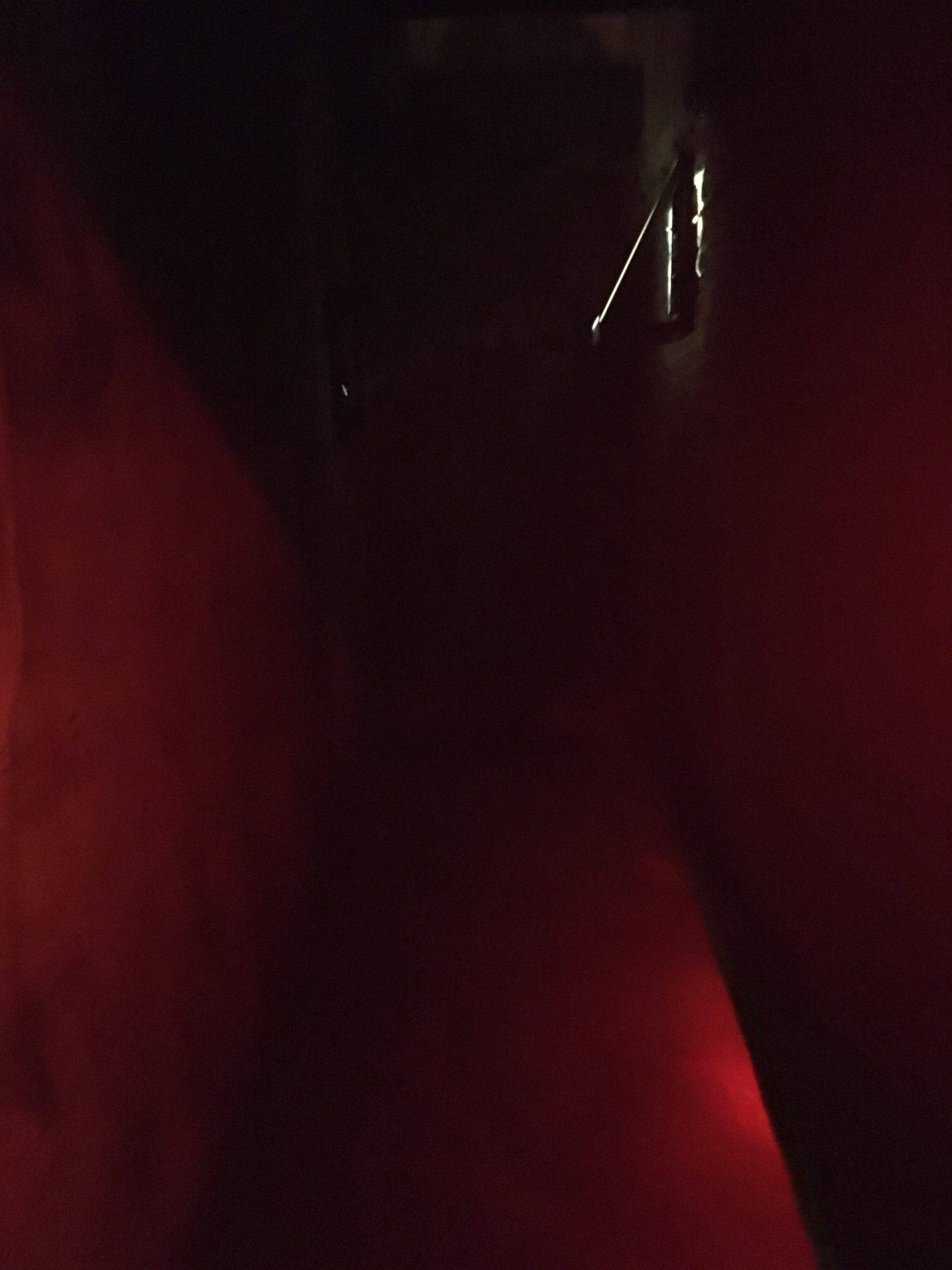In his book “Diagrammatic Immanence” Rocco Gangle summarizes Deleuzes Method in relation to Spinoza: “By conceiving of the relations between substance, attributes and modes as syllogistic, Deleuze emphasises their relational character.
By interpreting the syllogistic relations themselves as mutually enfolded – ‘a triad each of whose terms serves as a middle term relating the two others’ – Deleuze opens up Spinoza’s thought from within. What Deleuze suggests in this passage is that an expressive ontology takes the form of mutually mediating syllogisms rather than oppositional differences. The basic terms of Spinoza’s analysis – substance, attributes and modes – are conceived as pure relations.”
On the first sight this seems familiar to Hegels “absoluter Schuss.” The absolute conclusion is the absolute condensation of the series of judgments and conclusions.The basic moments of the concept are compatible with each other, because they are – on the simplest level of explanation – quantitative determinations: Alles, Einiges und Eines. In this, however, they are reversible: the universal is one in each case, the particular is general in relation to the singular, singular in relation to the general, the Particular includes all determinations and is thereby general, etc. Each is not only itself, but at the same time identical with the other two.
But Deleuze is working from a different point. Rather than presupposing a total field of pregiven logical possibilities, the individuation of worlds and the individuals inhabiting them constitute real processes or genetic events, not merely abstract possibilities.
But what are pure relations? It cannot be a relation that does not allow any more things of the inner relation, because it does than not allow any more differences. In this respect the relation would destroy its poles. Poles of the relation are than only nodes of relations. There must be a relation of the third power which cannot be circumvented, it comprises the absolute uniting and separating. The relation of third power is to be regarded as absolute for itself, since it can no longer refer to itself. If the relation of the first power is constituted, since it is of a posterior nature, and the relation of the second power is constituent, then the relation of the third power must be constituent and constituted at the same time. This kind of relation is infra-contingent.
Or as Hamacher said, the three terms (substance, attributes and modes) are unprovable but therefore necessarily unnecessary, infracontingent, unstable and revocable. Differences move in the train of a difference that cannot be regulated by them. “Regulated” by the real (Laruelle), which is foreclosed and “unerschließbar”. Different to the immanence of Deleuze?
A non-relation, arrelation, is always an open relation and its opening, but never redemption of the relation at all and never pure relationlessness. If there is a difference between the opening and what is opened, than the opening is an opening onto “Unerschließbares”. Infra-contingent relations are without being able to contain this relation already in itself and consequently to relation, and in fact it must be a kind self-rejecting relation and an incongruent relation with others, but at the same time it constitutes das “Ineinanderwirken” of all relations.

